
Artificial intelligence (AI) has quickly changed the field of animation. It has reshaped the creative process, giving animators and writers exciting new options. Animators may now push the boundaries of their imagination and produce compelling animations with increased efficiency and realism by utilizing the power of AI technology. In this blog post, we will explore in detail AI and the role of artificial intelligence in animation, supported by examples, and highlight eight key points that showcase its transformative impact.
Exactly what is AI?
Artificial intelligence is the simulation of human intelligence by machines, mainly computers. The main goal is to create intelligent machines that can comprehend and solve issues. AI allows computers to make judgments, comprehend language, and identify patterns. It has various applications, including in medicine, business, and travel. For instance, AI may assist medical professionals in diagnosing diseases, and it can also assist self-driving automobiles in navigating roadways. Artificial intelligence (AI) is an interesting topic that is growing quickly and can make our lives easier and more productive through smart computers.
Role of Artificial Intelligence in Animation
Artificial intelligence (AI) in animation aims to speed up the animation process, make it look more realistic, and open up opportunities for creative expression. AI automates creating frames and interpolating movements, saving animators time. It improves character animation by mimicking natural motions and capturing the movements of real actors. AI provides procedural animation and simulation, resulting in various lifelike movements. It improves visual effects by automating procedures and smoothly integrating computer-generated elements. AI acts as a creative exploration tool, producing variations and sparking new ideas. It streamlines rendering and compositing, saving time and boosting quality. AI also enables data-driven storytelling by evaluating audience preferences and improving animation techniques.
These are the 8 main points that show how AI is changing animation:
Streamlining the Animation Process
 AI has significantly streamlined the animation process, reducing manual labor and saving valuable time. Traditionally, animators had to create each frame by hand, painstakingly. However, with AI they can automate specific tasks using techniques like motion capture and deep learning algorithms. AI allows animators to focus more on the creative parts of animation, such as storytelling and character development. At the same time, AI handles repetitive tasks like generating in-between frames or interpolating movements. Example: Pixar's "Finding Dory" utilized AI-powered animation techniques to automate the movement of thousands of fish in complex underwater scenes, reducing the time and effort required by animators.
AI has significantly streamlined the animation process, reducing manual labor and saving valuable time. Traditionally, animators had to create each frame by hand, painstakingly. However, with AI they can automate specific tasks using techniques like motion capture and deep learning algorithms. AI allows animators to focus more on the creative parts of animation, such as storytelling and character development. At the same time, AI handles repetitive tasks like generating in-between frames or interpolating movements. Example: Pixar's "Finding Dory" utilized AI-powered animation techniques to automate the movement of thousands of fish in complex underwater scenes, reducing the time and effort required by animators.
Realistic Character Animation
 Creating believable and realistic character animations has always been challenging in the animation industry. AI has played a pivotal role in overcoming this hurdle. By analyzing extensive datasets of human movements, AI algorithms can understand and replicate natural motions accurately. When AI is mixed with motion capture technology, animators can record the movements of real actors and easily transfer them to animated characters. This makes animations look more authentic and alive. Example: Disney's "Moana" incorporated AI-powered character animation techniques to capture the nuanced expressions and movements of the lead character, bringing her to life with an unprecedented level of realism.
Creating believable and realistic character animations has always been challenging in the animation industry. AI has played a pivotal role in overcoming this hurdle. By analyzing extensive datasets of human movements, AI algorithms can understand and replicate natural motions accurately. When AI is mixed with motion capture technology, animators can record the movements of real actors and easily transfer them to animated characters. This makes animations look more authentic and alive. Example: Disney's "Moana" incorporated AI-powered character animation techniques to capture the nuanced expressions and movements of the lead character, bringing her to life with an unprecedented level of realism.
Procedural Animation and Simulation
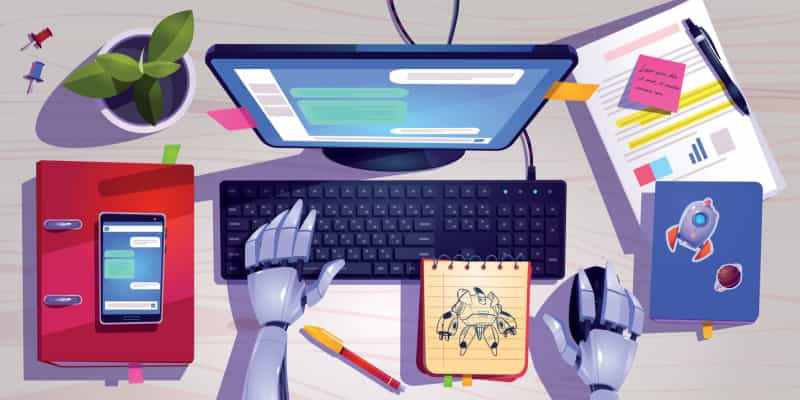 AI algorithms have revolutionized animation through procedural animation and simulation techniques. Procedural animation involves defining rules and parameters that govern the behavior and movement of objects or characters in a scene. AI can learn these rules from existing animations and generate new animations based on them. It empowers animators to create diverse, dynamic, and realistic animations quickly and efficiently. Example: The game "Assassin's Creed" utilized AI-powered procedural animation to create realistic crowd behaviors, enabling thousands of characters to interact seamlessly in a realistic manner.
AI algorithms have revolutionized animation through procedural animation and simulation techniques. Procedural animation involves defining rules and parameters that govern the behavior and movement of objects or characters in a scene. AI can learn these rules from existing animations and generate new animations based on them. It empowers animators to create diverse, dynamic, and realistic animations quickly and efficiently. Example: The game "Assassin's Creed" utilized AI-powered procedural animation to create realistic crowd behaviors, enabling thousands of characters to interact seamlessly in a realistic manner.
Enhancing Visual Effects
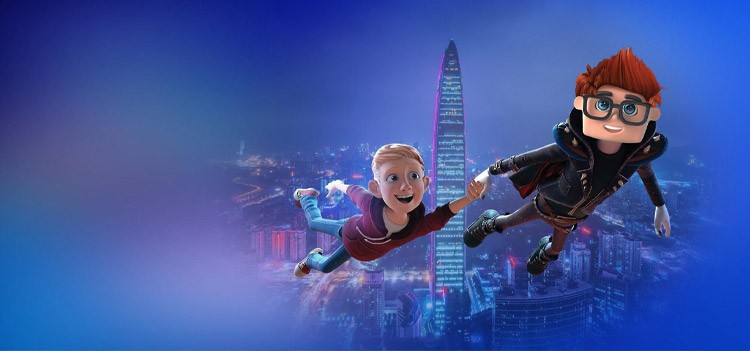 Visual effects are a crucial animation component, enhancing the overall visual appeal and immersive experience. AI has greatly advanced the field of visual effects by automating and improving various aspects of the process. For instance, AI algorithms can analyze vast amounts of data to simulate realistic fire, water, smoke, and other natural elements. Also, AI-powered methods for processing images and videos can improve the quality of visual effects, eliminate flaws, and seamlessly blend computer-generated elements with live-action footage. Example: Marvel's blockbuster films, such as "Avengers: Endgame," used AI-powered visual effects to create amazing scenes by blending computer-generated imagery and live-action footage.
Visual effects are a crucial animation component, enhancing the overall visual appeal and immersive experience. AI has greatly advanced the field of visual effects by automating and improving various aspects of the process. For instance, AI algorithms can analyze vast amounts of data to simulate realistic fire, water, smoke, and other natural elements. Also, AI-powered methods for processing images and videos can improve the quality of visual effects, eliminate flaws, and seamlessly blend computer-generated elements with live-action footage. Example: Marvel's blockbuster films, such as "Avengers: Endgame," used AI-powered visual effects to create amazing scenes by blending computer-generated imagery and live-action footage.
Creative Exploration and Inspiration
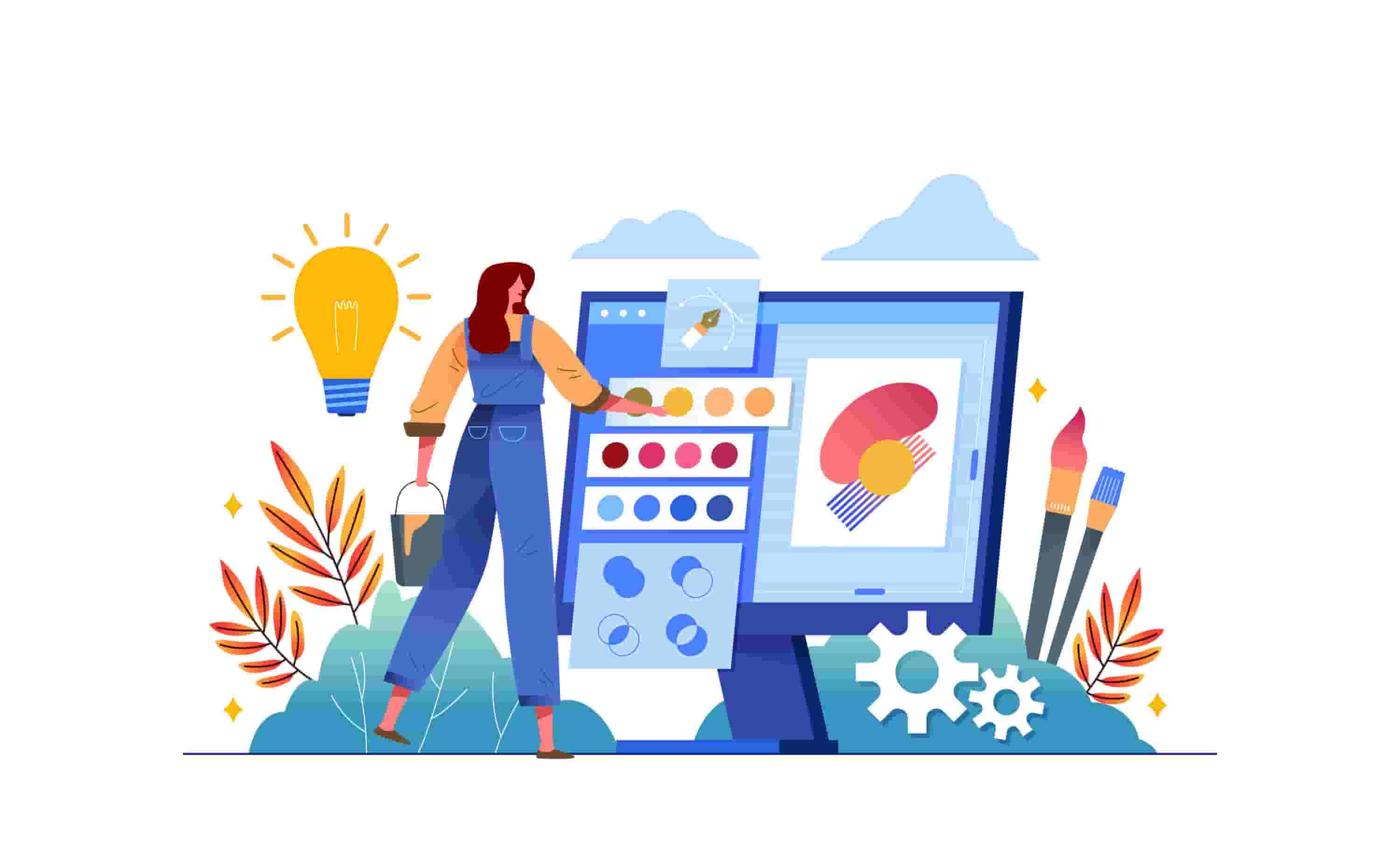 AI assists in automating existing animation techniques and is a powerful tool for creative exploration and inspiration. AI-powered tools can generate random variations of characters, environments, and animations, providing artists with fresh perspectives and sparking their imagination. It allows animators to try out new styles and ways of doing things, pushing the limits of traditional animation. Example: The short film "The Beauty" used AI to generate diverse and unique character designs, inspiring the creative team to create visually stunning and imaginative animations.
AI assists in automating existing animation techniques and is a powerful tool for creative exploration and inspiration. AI-powered tools can generate random variations of characters, environments, and animations, providing artists with fresh perspectives and sparking their imagination. It allows animators to try out new styles and ways of doing things, pushing the limits of traditional animation. Example: The short film "The Beauty" used AI to generate diverse and unique character designs, inspiring the creative team to create visually stunning and imaginative animations.
Efficient Rendering and Compositing
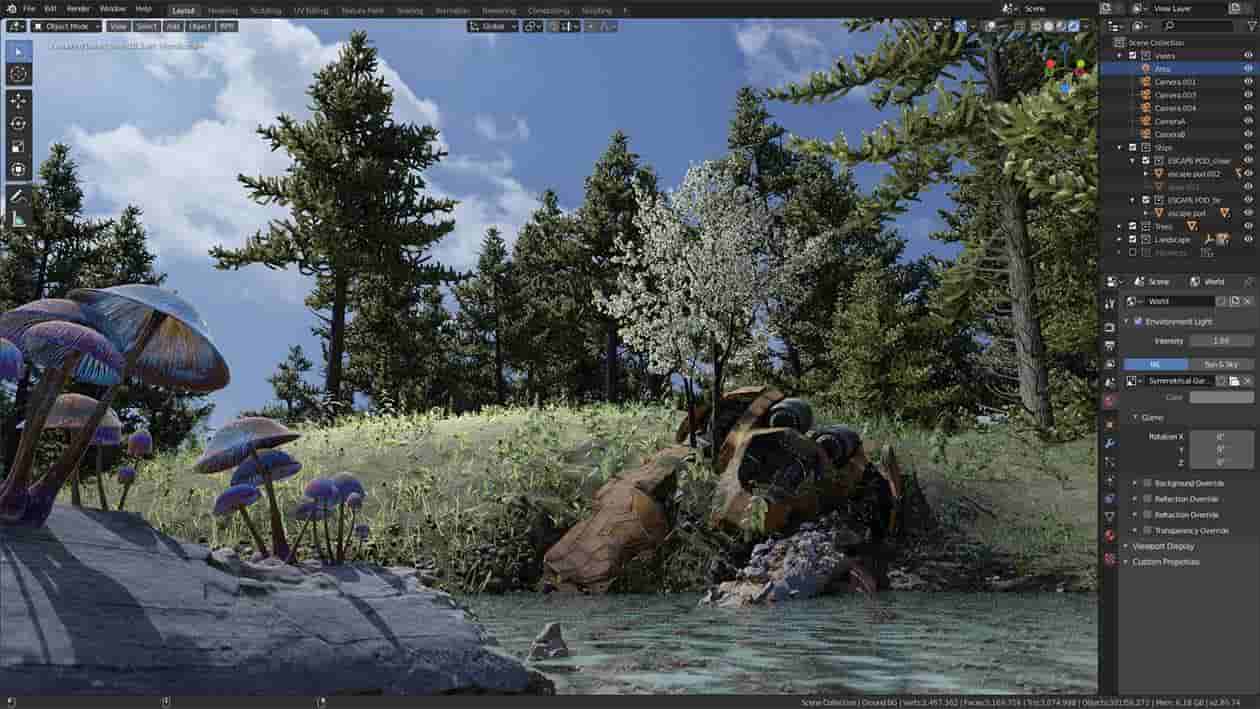 Rendering and compositing are essential steps in the animation production pipeline. AI has accelerated these processes by utilizing algorithms that optimize rendering times and enhance the overall quality of the final output. AI-powered rendering techniques can intelligently distribute rendering tasks across multiple machines, significantly reducing rendering time and improving efficiency. AI algorithms may also automate the compositing process by combining various animation elements like characters, backgrounds, and visual effects, resulting in seamless and visually appealing compositions. For example, the movie "Spider-Man: Into the Spider-Verse" used AI methods to create a unique visual style that combines the look of hand-drawn animation with modern CGI. The result was a visually stunning and award-winning movie.
Rendering and compositing are essential steps in the animation production pipeline. AI has accelerated these processes by utilizing algorithms that optimize rendering times and enhance the overall quality of the final output. AI-powered rendering techniques can intelligently distribute rendering tasks across multiple machines, significantly reducing rendering time and improving efficiency. AI algorithms may also automate the compositing process by combining various animation elements like characters, backgrounds, and visual effects, resulting in seamless and visually appealing compositions. For example, the movie "Spider-Man: Into the Spider-Verse" used AI methods to create a unique visual style that combines the look of hand-drawn animation with modern CGI. The result was a visually stunning and award-winning movie.
Data-Driven Storytelling
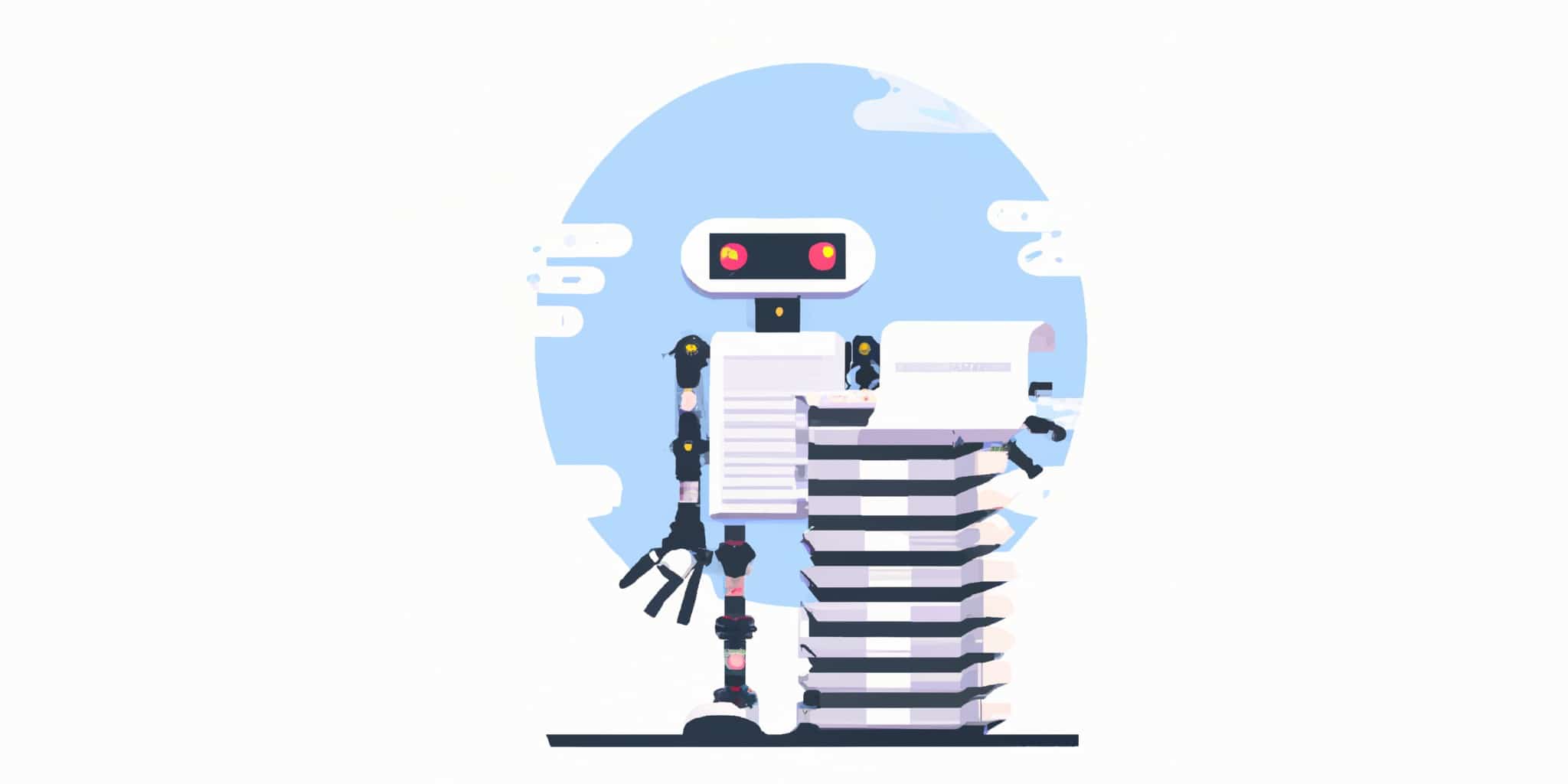 AI can analyze vast amounts of data and provide valuable insights that can shape the storytelling process in animation. By leveraging AI algorithms, animators can better understand audience preferences, trends, and storytelling techniques. This data-driven approach helps animators make informed decisions about character development, plot structure, and visual elements, leading to more engaging and effective stories. Example: Netflix's animated series "Love, Death, and Robots" utilizes AI algorithms to analyze viewer data, allowing them to curate and recommend episodes based on individual preferences, ultimately enhancing the storytelling experience.
AI can analyze vast amounts of data and provide valuable insights that can shape the storytelling process in animation. By leveraging AI algorithms, animators can better understand audience preferences, trends, and storytelling techniques. This data-driven approach helps animators make informed decisions about character development, plot structure, and visual elements, leading to more engaging and effective stories. Example: Netflix's animated series "Love, Death, and Robots" utilizes AI algorithms to analyze viewer data, allowing them to curate and recommend episodes based on individual preferences, ultimately enhancing the storytelling experience.
Collaboration and Creative Partnership
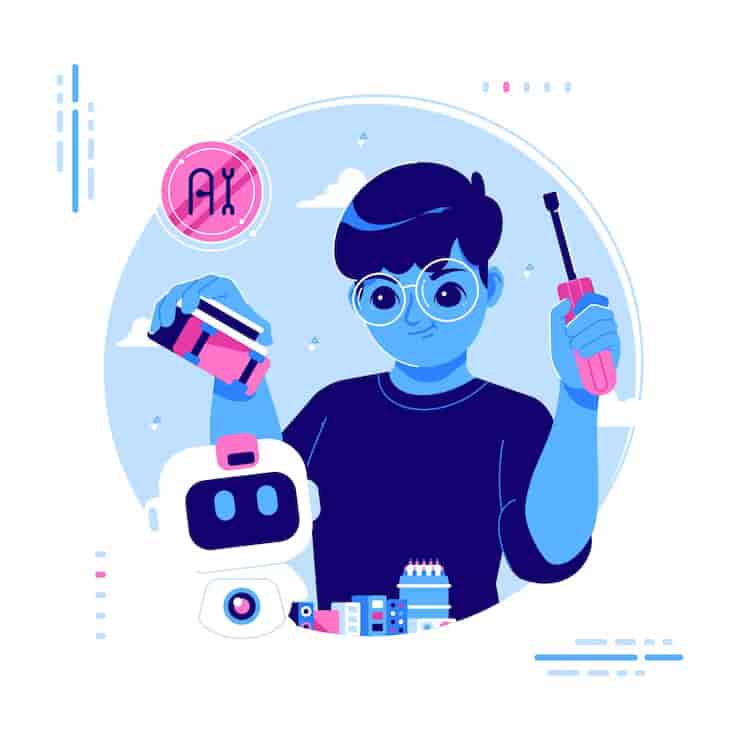 AI is not meant to replace human creativity but as a collaborative tool for animators. By working with AI-powered tools and algorithms, animators can amplify their creative abilities and explore new artistic possibilities. AI can generate alternative ideas, provide suggestions, and assist in the iterative process of refining animations, enabling animators to push the boundaries of their imagination and create innovative and visually captivating works. Example: Dream Works Animation implemented AI-powered tools in their creative process, fostering collaboration between animators and AI systems to generate new character poses, expressions, and animations, resulting in unique and memorable films like "How to Train Your Dragon" and "Kung Fu Panda.
AI is not meant to replace human creativity but as a collaborative tool for animators. By working with AI-powered tools and algorithms, animators can amplify their creative abilities and explore new artistic possibilities. AI can generate alternative ideas, provide suggestions, and assist in the iterative process of refining animations, enabling animators to push the boundaries of their imagination and create innovative and visually captivating works. Example: Dream Works Animation implemented AI-powered tools in their creative process, fostering collaboration between animators and AI systems to generate new character poses, expressions, and animations, resulting in unique and memorable films like "How to Train Your Dragon" and "Kung Fu Panda.
Conclusion
The use of AI in animation has completely changed the business, giving animators a range of powerful tools and methods that help them be more creative. AI has changed animation in many ways, from making production systems more efficient to making realistic character animations and improving visual effects. AI technology is improving, and we can expect more innovations and possibilities in AI-powered animation. As a result, animators will have more tools at their disposal for bringing their concepts to life and producing immersive experiences.



























